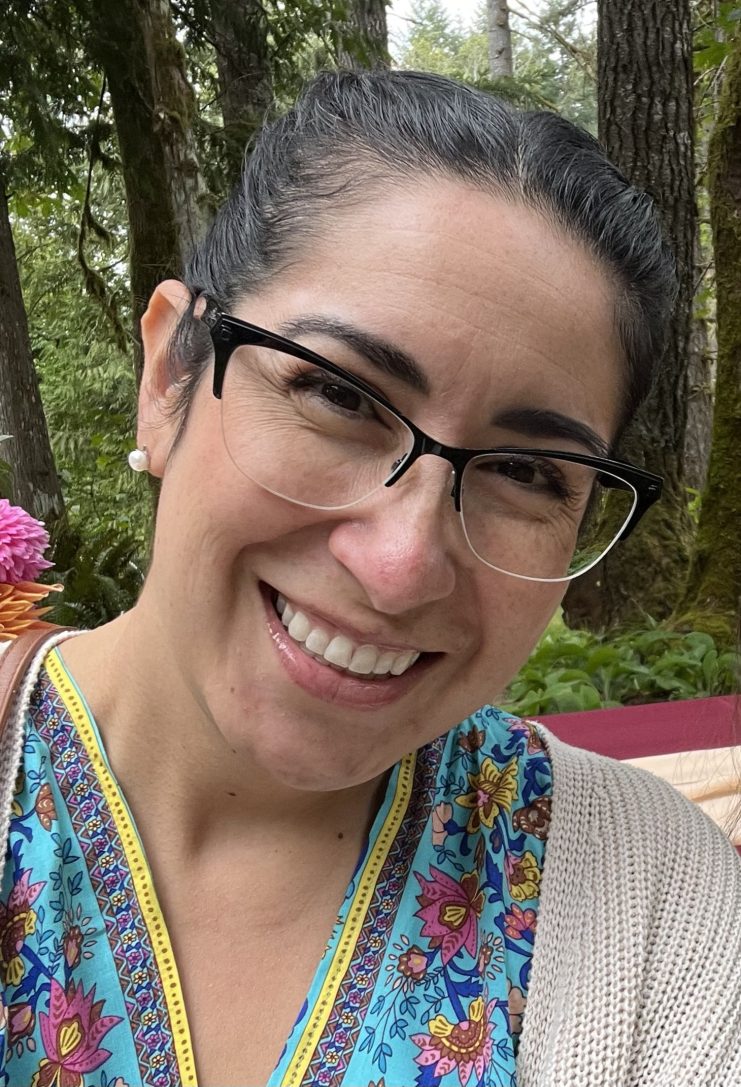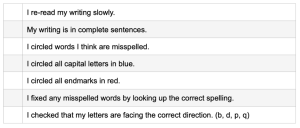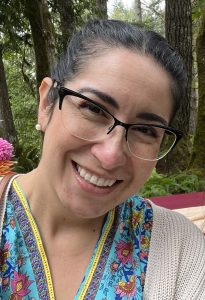
A Year Spent Reflecting on Reflection
Developmentally, seven and eight-year-olds are known to race through activities. Unsurprisingly, early in the school year, I noticed students rushed through their work in all academic areas and were quick to move on. I also noticed that while doing this, students didn’t care to look back at their work or notice errors, and therefore couldn’t go back to fix their mistakes. That’s when my inquiry with Lead by Learning’s SEL Lead Learner District Wide Group was born! How can I help my students reflect on their learning after each lesson so they can celebrate success or ask for help?
In wanting to know more about how I can help my students reflect on their learning, I asked the whole class if they ever reflected in first grade or kindergarten. No one raised their hands and several had confused looks on their faces. It was then that I realized this task was going to be harder than I thought.
I quickly helped students recognize that they had already engaged in various forms of reflection, such as times when students looked through their work and made goals or when they give feedback on a computer program about their week called, Sown to Grow. We also talked about the benefits of reflection. I modeled the process of reflecting aloud and within my dialogue, I would show how reflection could help me learn from mistakes and make better choices in the future. For example, if I was working on math and took time to reflect on my learning, I could ask myself what went well and what was challenging about the experience. From there, if I was struggling with a math concept, I could try again or ask for help. If I was able to successfully complete a concept with ease, I could attempt to push myself further by trying to solve the problem in various ways. I wanted to see my struggling students reach out for the help they need and my proficient students push themselves further. I wanted the reflection process to become more of a routine and for my students to build their self-awareness.
My inquiry journey started with the big idea of wanting to create a reflection process that students would do daily, maybe even hourly, to help them build an internal reflection routine. When an idea for a reflection routine wasn’t coming to mind, I started with using checklists to help students know what they needed to have completed before they could say they were finished with an assignment. A checklist was also a tool that allowed students to take time to go back and look through their work.

Example of a writing checklist.
Besides checklists, I spent a lot of time thinking about adding new routines that would be quick and short so students would be willing to give themselves thoughtful feedback. I wanted something that could help my students remember to reflect on their learning. Some ideas were: daily written reflections, moments throughout the day to take time to reflect, thumb ratings, listening to me reflect out loud, etc.
I tried the ideas that were quick to implement and students gained a better idea of what reflecting means to them as a learners. Although students were willing to reflect, I didn’t notice students reflecting on their own and I didn’t see the practices making a difference. So I thought. I think I was hoping to see my students truly internalize the reflection process and when I didn’t see that happening, I assumed it wasn’t working. What I didn’t quite realize was that my students were building their self-awareness. They were also building what I hope is an internal routine of reflecting and recognizing that “wherever you are is the right place to be.” “Wherever you’re is the right place to be,” is a phrase used in my Lead by Learning Inquiry group. This is a phrase that thankfully has become an inner voice for me. I often need to say this when I find myself frustrated with my progress. I hope my students begin to take on this inner phrase as well. I don’t expect my students to master every concept after one lesson. Everyone learns at a different pace and that’s what I hope my students can recognize, then take the next steps to further their progress.
As long as one is willing to reflect and take steps to improve, they are perfect wherever they are. Reflection is a powerful tool for growth. I want my students to be reflective individuals who ask for help when needed or push themselves further when possible. That’s asking a lot of my seven and eight-year-old students, but hopefully, the seeds have been planted and they will continue to grow into amazing individuals and lifelong learners.
 Stephanie Neira Vollmer has been teaching for the past 15 years. During this time, she has taught in public and private school settings, working with students from preschool age to the 3rd grade. She obtained her teaching credential/Master’s degree from Mill’s College and is currently teaching at Peralta Elementary in Oakland, California.
Stephanie Neira Vollmer has been teaching for the past 15 years. During this time, she has taught in public and private school settings, working with students from preschool age to the 3rd grade. She obtained her teaching credential/Master’s degree from Mill’s College and is currently teaching at Peralta Elementary in Oakland, California.
